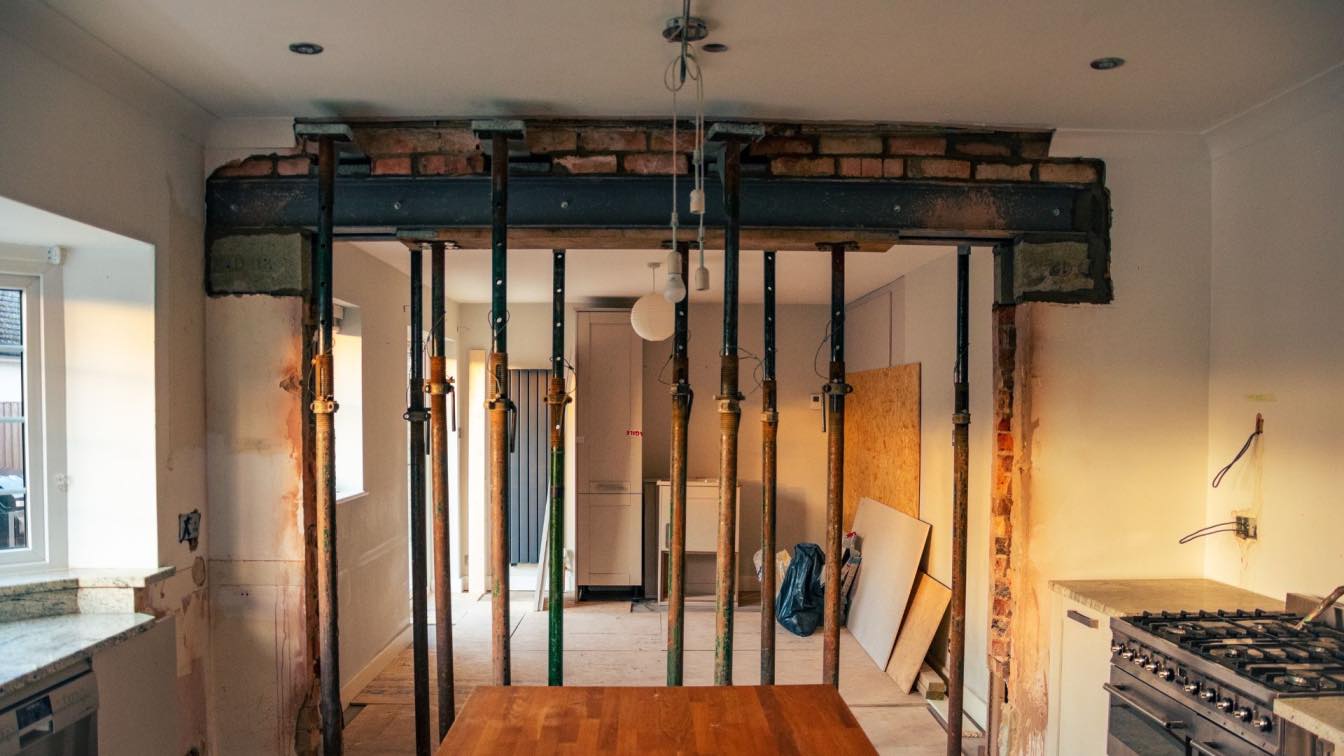Architecture and design have always been a reflection of the times, evolving alongside society’s needs, technological advancements, and cultural shifts. From the grand cathedrals of the Gothic period to the clean lines of modernist buildings, architecture is a testament to human ingenuity and creativity. Today, in a world of rapid urbanization and environmental challenges, architecture and design have become more focused on sustainability, functionality, and minimalism, yet they continue to inspire and captivate.
At the heart of architectural evolution is the balance between function and form. Historically, structures were built primarily for utility, providing shelter, security, and places of worship. However, as societies progressed, so did the desire to make spaces not only functional but also aesthetically pleasing. This gave rise to styles like the Baroque and Renaissance, where art and architecture were intertwined, often characterized by elaborate facades, intricate carvings, and dramatic elements designed to evoke emotion.
Modern Architecture: A Shift Towards Minimalism
The 20th century saw a significant shift in architectural design, as modernism took center stage. This movement was marked by a rejection of ornamentation in favor of simplicity and functionality. Architects like Le Corbusier and Ludwig Mies van der Rohe championed the idea that "less is more," designing buildings that were sleek, streamlined, and focused on the essentials. Glass, steel, and concrete became the materials of choice, symbolizing a new era of urbanization and industrial progress.
Contemporary architecture continues to build on these principles, with an even greater emphasis on sustainability. Green architecture, for example, integrates renewable energy sources, environmentally friendly materials, and energy-efficient designs to create structures that minimize their impact on the environment. Buildings are no longer just about aesthetics; they are about creating spaces that are sustainable and adaptable for future generations.
However, this pursuit of minimalism does not mean that modern architecture is devoid of beauty. On the contrary, the clean lines, open spaces, and innovative use of materials in contemporary buildings have become a canvas for creativity. Architects today play with geometry, light, and texture to create buildings that are both functional and visually striking. Landmarks like the Guggenheim Museum in Bilbao, designed by Frank Gehry, or Zaha Hadid’s futuristic structures are examples of how modern architecture continues to push boundaries and redefine what is possible.
The Intersection of Architecture and Fashion
Interestingly, the principles of contemporary architecture are not limited to buildings. They have also made their way into other design fields, including fashion. One unexpected example is in eyewear design, where modern styles of glasses take inspiration from contemporary architecture and buildings. Just as architects use sharp angles, bold materials, and clean lines to create eye-catching structures, eyewear designers incorporate these elements to craft frames that are both functional and fashionable.
In recent years, there has been a surge in glasses designs that echo architectural trends. Angular frames with sleek metallic finishes, oversized silhouettes reminiscent of skyscrapers, and innovative use of materials like acetate and titanium all draw inspiration from the architectural world. The symmetry and precision seen in modern buildings are mirrored in the clean lines and minimalistic designs of these glasses, making them a true reflection of contemporary design principles.
Eyewear brands are increasingly adopting a more structural approach, offering designs that are not only practical but also make a bold fashion statement. This crossover between architecture and eyewear highlights the seamless way that design principles can transcend industries. Just as a building must stand the test of time, eyewear is crafted to balance durability with timeless appeal.
Black Friday and the Influence of Design
As consumers become more design-conscious, events like Black Friday have become opportunities to access high-quality, design-driven products at a fraction of the price. This annual shopping event has evolved beyond its roots in consumer electronics and clothing, now encompassing a wide range of products, including designer eyewear and home furnishings. For those interested in contemporary architecture and design, Black Friday is an ideal time to invest in pieces that not only serve a functional purpose but also enhance the aesthetic of their spaces or personal style.
With the growing influence of modern architecture on everything from furniture to fashion, it is clear that design principles are increasingly shaping our everyday lives. Whether it’s a sleek pair of glasses that takes its cue from a modernist skyscraper or a minimalist home designed for maximum energy efficiency, contemporary design is all about merging form with function in innovative ways.
Conclusion
Architecture and design have always been about more than just creating spaces or objects; they are about shaping experiences and enhancing the way we live. As society moves towards a more sustainable and design-forward future, the influence of contemporary architecture is expanding beyond buildings and into the everyday products we use. Whether in eyewear, fashion, or home design, the principles of modern architecture continue to inspire creativity and push the boundaries of what is possible, demonstrating that good design is truly timeless.





